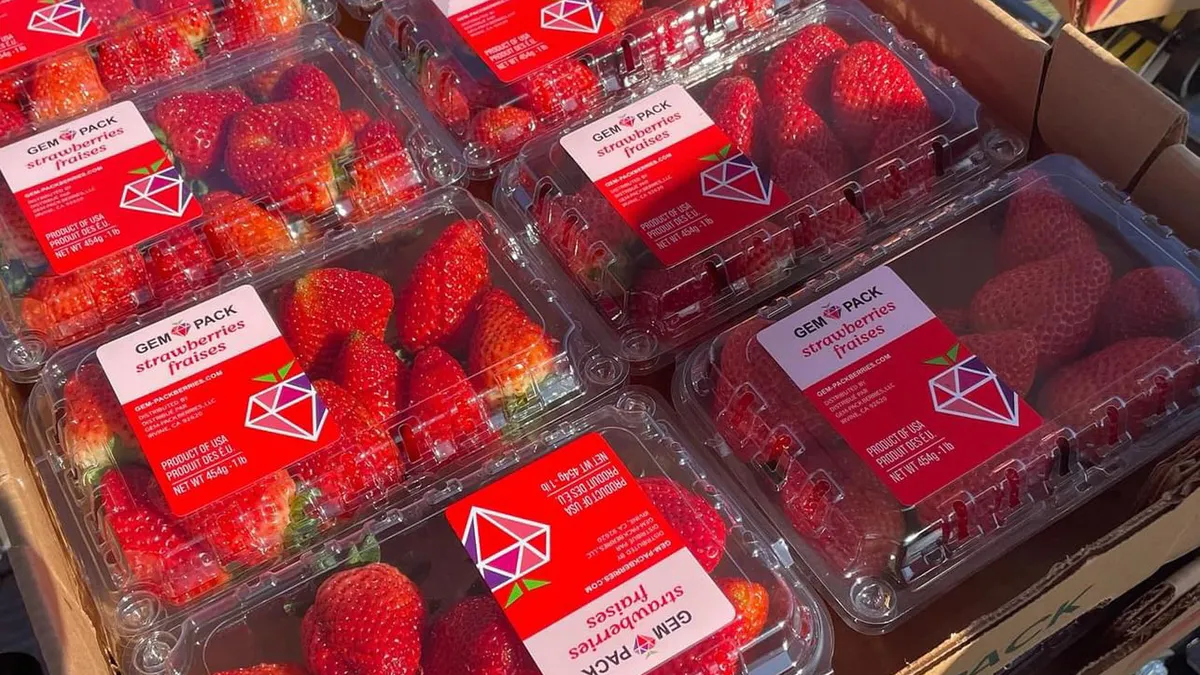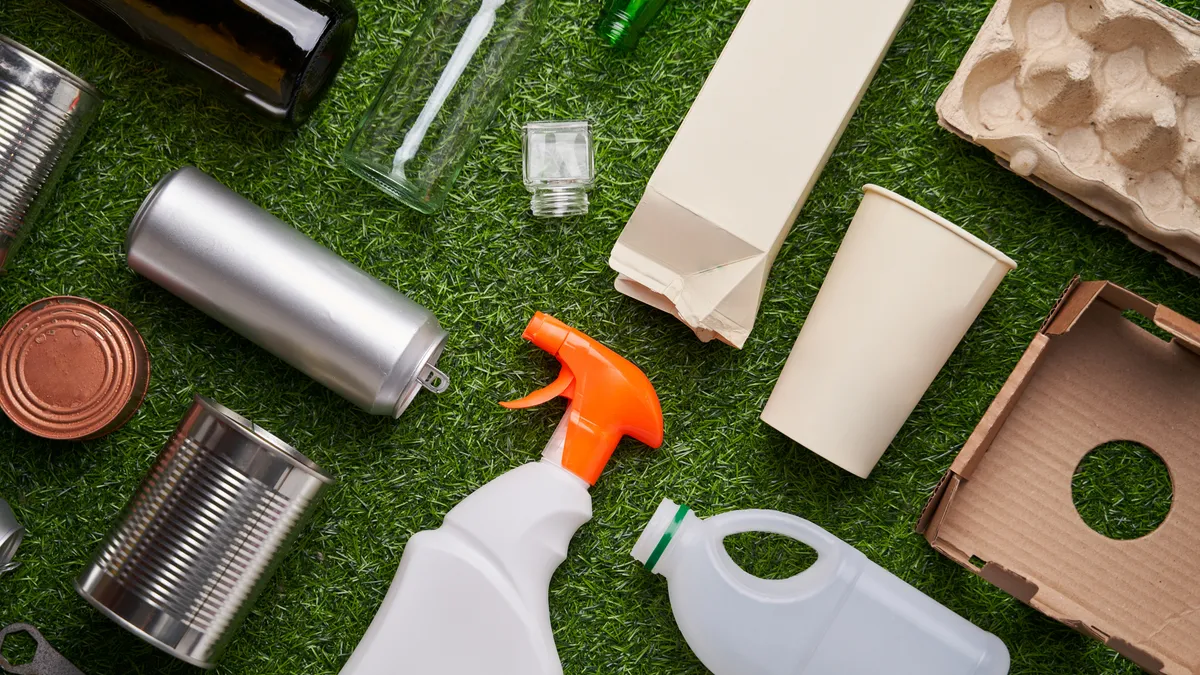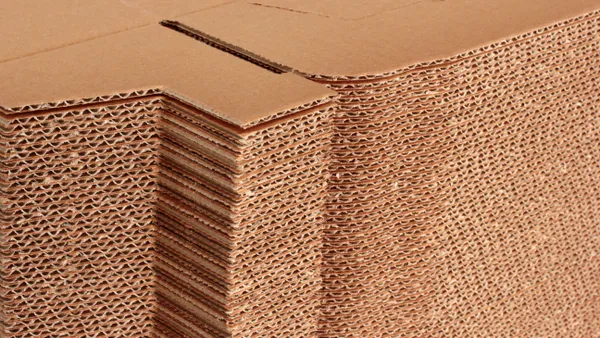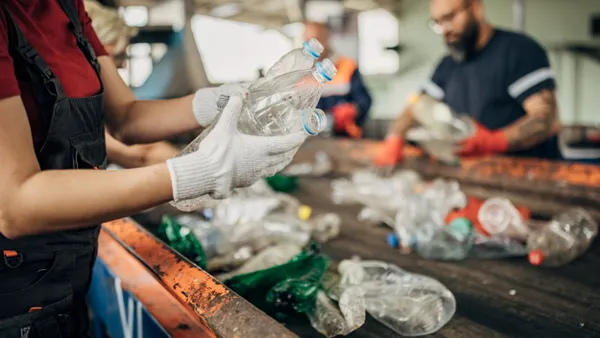Dive Brief:
- Fruit supplier Gem-Pack Berries is partnering with material supplier BADP (Bio Accelerated Degradable Plastic) to jointly develop a biodegradable plastic clamshell for berries. The switch in their PET-based containers will begin with those for California strawberries and eventually will expand to all berries and regions.
- The new containers reportedly will look and perform the same as conventional clear clamshells. But they will contain additives so they biodegrade after use, resulting in a more sustainable packaging solution, said Madu Etchandy, Gem-Pack vice president of operations.
- “Our joint goal is to not just change how berries are packaged, but to kind of inspire a ripple effect — a positive change,” Etchandy said. “This is definitely going to catalyze transformative change across the global industry.”
Dive Insight:
BADP was founded last year to develop sustainable solutions to the global plastics problem. The company’s microbial induced enzyme additive technology allows materials to completely break down under certain conditions due to microbial activity, according to BADP’s website. It contends this concept “[d]rastically reduces environmental impact compared to conventional petrochemical plastics.” The company reports that its additives can be used in a variety of traditionally non-biodegradable resins, including polypropylene and polyethylene.
BADP notes that its solutions are different from bio-based plastics, which it says degrade but often do not provide the same performance as conventional plastics. In response to the problem of biodegradable plastics not fully breaking down in some conditions and creating microplastics, BADP says the special enzymes and microbial inducers it uses ensure complete product biodegradation, thus creating “an eco-friendly plastic & [m]icroplastic solution.”
According to BADP, the enzymes are contained within micro-capsules and get activated as external environmental factors — including sunlight, temperature and humidity — weaken the plastic products and allow them to fracture into smaller pieces. The inducer attracts nearby bacteria, which further break down the plastic via digestion. Following digestion, the microbes release the formerly plastic materials as water and carbon dioxide — and methane in certain environments such as landfills.
“Most of our packaging is recyclable, and that's very clearly stated on our packaging,” Etchandy said, but the new packaging will also give consumers the option to put the containers into other collection bins, such as for disposal or composting. She said the clamshells will degrade over time even if they end up in landfills.
Consumers shouldn’t notice any difference in the berry packaging, Etchandy said. However, there will be “some sort of learning curve with this for consumers” as Gem-Pack changes the messaging on its packaging regarding what to do with the container at end of life. Because the partnership is so new it’s unclear exactly what the messaging will say, “but we definitely will promote eco-friendly verbiage on our packaging and some sort of instruction on what to do,” Etchandy said.
The partnership launched this month and still is in its early stages. The companies hope to release the new clamshells at some point this year, following internal testing and external pilot programs. Testing will include assessing the product’s durability in different environments along the life cycle of a berry container, such as sitting in a grocery store’s refrigerated section and exposure to different weather conditions.
“It's really imperative to us that we develop and test it through and through, but we're working quickly and diligently to bring it to the commercial market as soon as possible,” Etchandy said.















